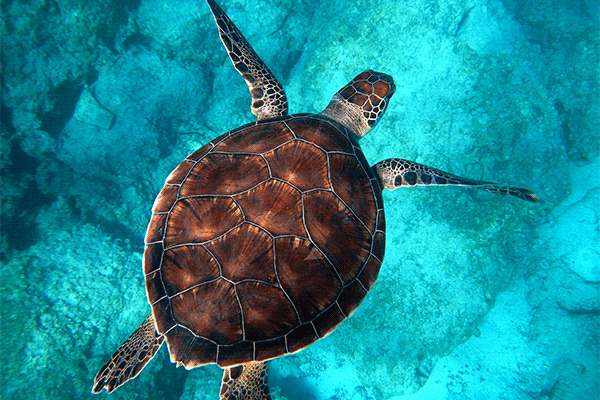WASHINGTON D.C. - Each year the Department of State helps protect sea turtles around the world by the Secretary of State or a delegate certifying to Congress that the governments and authorities of shrimp harvesting nations or economies have adopted regulatory programs comparable to that of the United States’ to reduce the incidental taking of sea turtles in its shrimp trawl fisheries – such as through the use of turtle excluder devices(“TEDs”) – or that the particular fishing environment of the harvesting nation or economy does not pose a danger to sea turtles.
WASHINGTON D.C. - Each year the Department of State helps protect sea turtles around the world by the Secretary of State or a delegate certifying to Congress that the governments and authorities of shrimp harvesting nations or economies have adopted regulatory programs comparable to that of the United States’ to reduce the incidental taking of sea turtles in its shrimp trawl fisheries – such as through the use of turtle excluder devices(“TEDs”) – or that the particular fishing environment of the harvesting nation or economy does not pose a danger to sea turtles. This certification allows for the importation of wild-caught shrimp into the United States, pursuant to Section 609 of Public Law 101- 162 (“Section 609”).
In 2019, the acting Under Secretary of State for Economic Growth, Energy, and the Environment certified 39 nations and one economy and granted determinations for nine fisheries as having adequate measures in place to protect sea turtles during the course of commercial shrimp fishing.
The Secretary or a delegate makes such certifications annually and bases them in part on overseas verification visits by a team composed of State Department and National Marine Fisheries Service representatives.
The U.S. government hopes other nations can contribute to the recovery of sea turtle species and become certified under Section 609 and currently provides technology and capacity-building assistance in order to assist them in doing so. If properly designed, built, installed, used, and maintained, TEDs allow 97% of sea turtles to escape the shrimp net without appreciable loss of shrimp.
The U.S. government is also encouraging similar legislation in other countries to prevent the importation of shrimp harvested in a manner harmful to a protected sea turtle.


